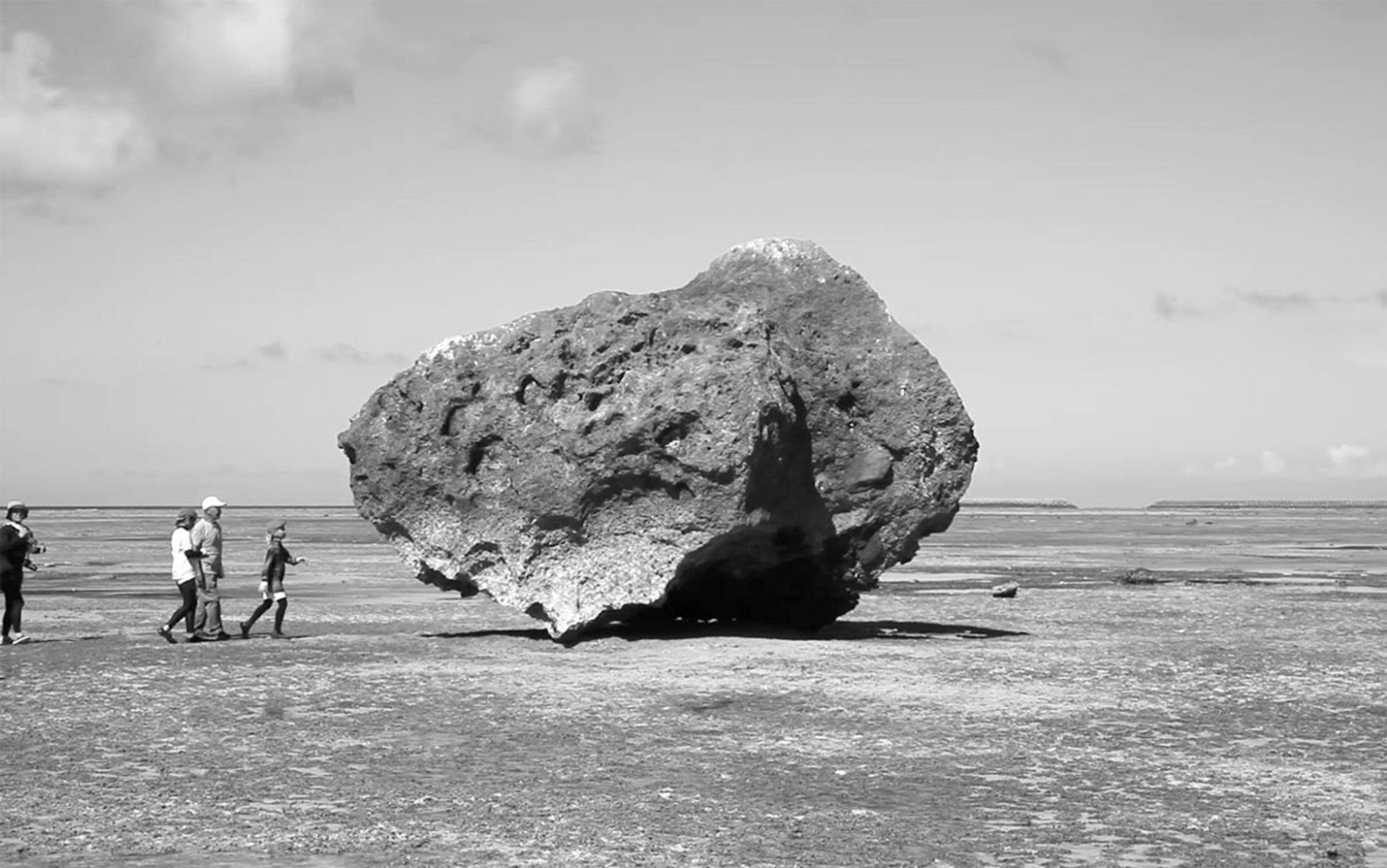The ecology and coexistence of human beings with creatures and elements that inhabit the planet earth have always been central themes in Japanese thought.
Japan's particular exposure to the forces of nature in all its most destructive forms - earthquakes, eruptions, tsunamis - have made it the privileged and ideal center of this reflection, which has become even more relevant since we discuss the advent of what is defined among scholars as Anthropocene, namely: a new geological era brought on by the explosive growth of human activity on the planet.

 Your cart is empty
Your cart is empty













